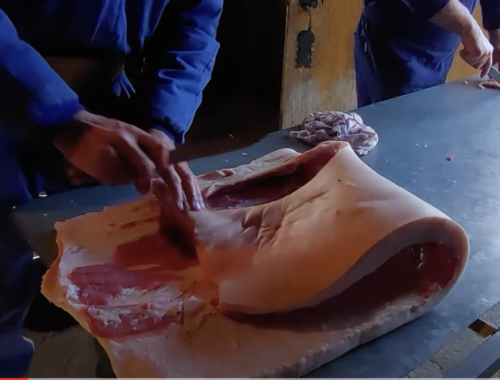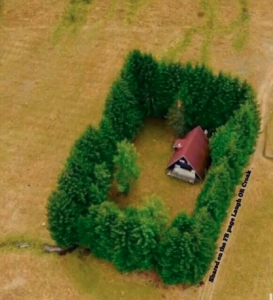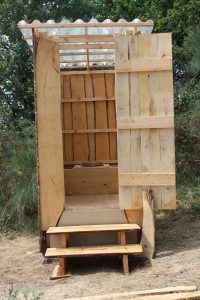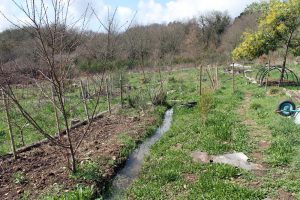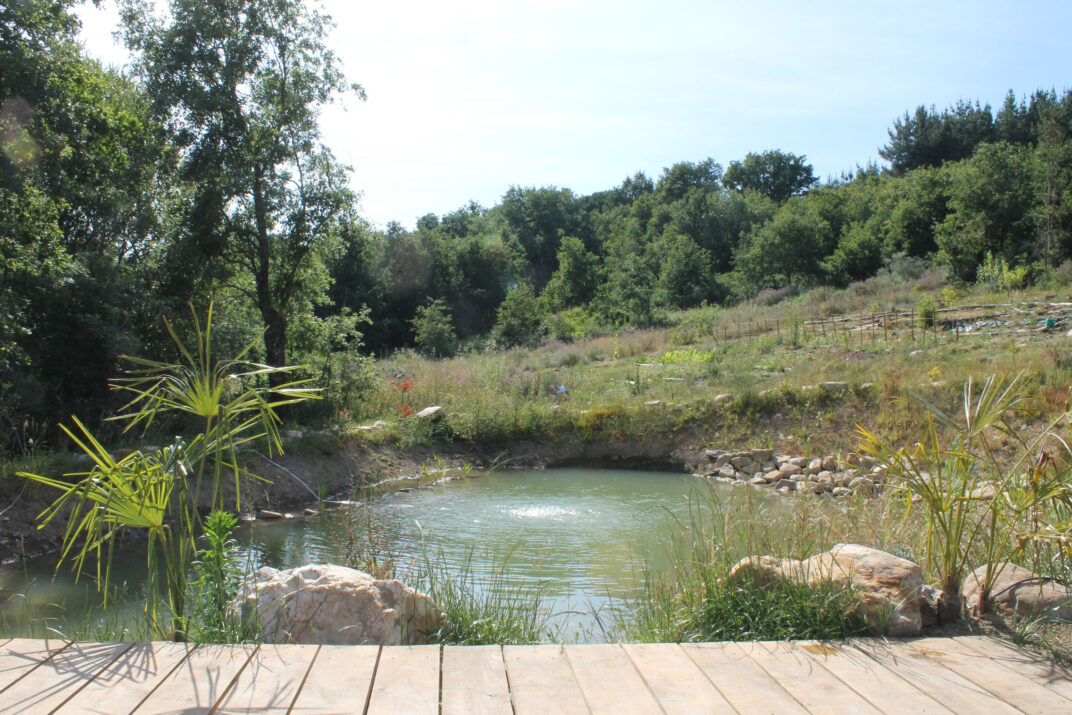
Water Management and Dealing with Your Own Shit
Enough of everyone else’s shit yet?
The first year here, our neighbour farmer dumped a trailer load of cow manure on the garden, when I wasn’t around, and told my husband that I asked for it! Well, that was an error of communication, but it really brought it home to me in the most graphic way: I had to be really clear that I wasn’t going to take anyone else’s shit anymore. I have plenty enough of my own. The technical term is ‘humanure.’
Within four hours of my having written, “I wasn’t going to take anyone else’s shit anymore” a dear friend posted this on Facebook.
When you’ve had enough of everyone else’s shit.Now, I haven’t spoken with this friend in a few months and I hadn’t planned on writing about the farmer dumping the cow manure. So what did this little ‘coincidence’ signify to me? It’s PAM banging on the drum of the endopsyche – don’t you feel it too? Haven’t you had enough of this shit? (Funny, as I’m editing this post, there is a shortage of toilet paper due to the coronavirus pandemonium – is that unconscious recognition that a whole heap of shit is being dumped and will need cleaning up?)
Sophia has agency. She’s had it since the summer of 2016. This means She is using all means available to get your attention – it doesn’t matter to Her whether you know She exists or not; you are still one of Her children. She’s having a bit of fun, showing that She can play with the search engines. She can eliminate the cabal and their collaborators at any time, of course, but our wise and generous mother is giving us the opportunity to participate in that pleasure with Her and that necessitates refusing to take on other people’s shit and dealing with your own.
Mulching
The first principle of our heathen gardening is to feed the soil. But what do you feed a goddess? Obviously, She eats anything, the earth is a closed system and everything is ultimately recycled, but some things are clearly more beneficial to the garden than others.
So, that leads right back to dealing with your own shit. We do that quite literally here. All our ‘humanure’ goes on the garden, along with waste from the chicken coop and all our vegetable peelings etc. (after they’ve been composted for a year or so). Some one told us that the best way to make a bed was to dig the top layer of topsoil away and put in a layer of straw and a layer of compost, then put the topsoil back. We’ve done that on a couple of beds this winter and have just planted potatoes and brassicas.
I’m not saying compost toilets and ‘humanure’ for everyone, but it is what we need to do to live here and it’s really not so bad. Flushing toilets seem quite strange to me now. We have compost toilets and a tree-bog (the loo with a view), no flushing toilets, no municipal sewage. (We have a reed bed for grey water.) And it’s quite obvious how dealing with your own shit has benefits. I just noticed that the asparagus is coming up already!
Tree bog – known as: the loo with a view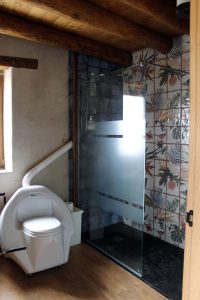
The soil looks good this year, finally. It’s taken four years, to get to the point where we are growing around half of all our vegetables and that will increase now we know more about what works and what doesn’t. I feel that it’s paid off taking it slowly and not giving the soil ‘indigestion’ by making improvements too rapidly. A friend nearby got his soil to what seemed like a perfect state within two years, but then the mice moved in to that lovely soft, rich warm soil and ate everything. He still hasn’t got rid of them. In using our own waste to feed the earth, we have moved at the right pace for the biochemical relationship between us and the soil to develop; we are giving the soil all the information and nutrients it needs, to give us exactly what we need in terms of medicine and nourishment.
“Let food be thy medicine and medicine be thy food.” Hippocrates
We tried mulching with wood chips on several of the beds two years ago. They are good for weed suppression, but there’s no tree cutting company around here, so we had to go and get them from the wood yard. This was a lot of work and we ended up with lots of hard wood and it takes too long to break down. We will eventually use wood chips for the paths – after we’ve dug up all the brambles – but they didn’t really work on the beds.
Our main source of mulch is leaf mulch from the oak woods close by and grass cuttings in the spring and summer.
We started the garden in the winter of 2014, by clearing some straggly pines over about an acre, laying out beds and digging in ditches and swales and putting in a series of drainage pipes. This is after we cleared the trees and as we started laying out the beds with beams from the old house. We did a lot of digging.
I used to call the garden the ‘food forest’, rather optimistically. Four years later, it’s clear that what we are doing here is technically more organic polyculture than permaculture, but let’s not quibble over terms. Now, we just call it the garden – ‘la huerta’ as they say here. We haven’t been able to work on the garden as much as we would have liked, we also had a house to build and retreats to run and it was a big help having volunteers in the summer – we are making steady progress.
Water management: Swales, ditches and drainage
The year we moved here, in 2013, was said to be the wettest in 70 years. It rained torrentially, more or less continuously, from January to May. The track to our house was an ‘over-the-top-of-your-wellies’ river and the mud was relentless. As the soil here is clay, we put in a lot of effort over the following year, digging ditches and swales and putting in drainage, to prevent water-logging. Then we had very little rain, with drought conditions in much of Galicia for the next three years.
Last year was very hard on the garden, with a highly unusual late frost at the end of April, that wiped out the grapes, all our fruit and potatoes, followed by more drought. We lost quite a few trees too. We put in extruding hose, which worked quite well, but will need to be supplemented with water storage tanks, as we can’t run the water for the garden and water in the house at the same time (we are now off-grid). We were almost to the point of filling in the swales, as they were just filling up with weeds, when this year the rain returned. Two weeks ago the reservoirs were all 90% full, and it’s still raining. We have more than enough rain to get us through the summer now, but we really need the rain to stop so we can get out and do some planting. This summer we will need to do some swale maintenance.
Still, what a joy it is to see our swales and drainage working properly. All that work finally paid off!
We put a drain across the track and this takes the run-off in a buried pipe 80M or so down to the pool. The rain from the green roof of the house joins this pipe and also goes to the pool, you can just see it to the left of the deck. The pool dried up completely last summer, although the summer before people were able to swim in it. If it dries up, that’s it, as we’re not going to pump water from the well into the pool.


The swales are filled from a ditch across the brow of the hill and they are linked by drainage pipes that also go down to the other end of the pool.
Full swale
The overflow from the pool goes to the little creek at the bottom of our property. One day, we’d like to clear the creek, to help it flow better, it’s really overgrown at the moment.
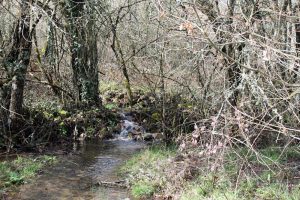
Iodine Kills Cancer Fungus
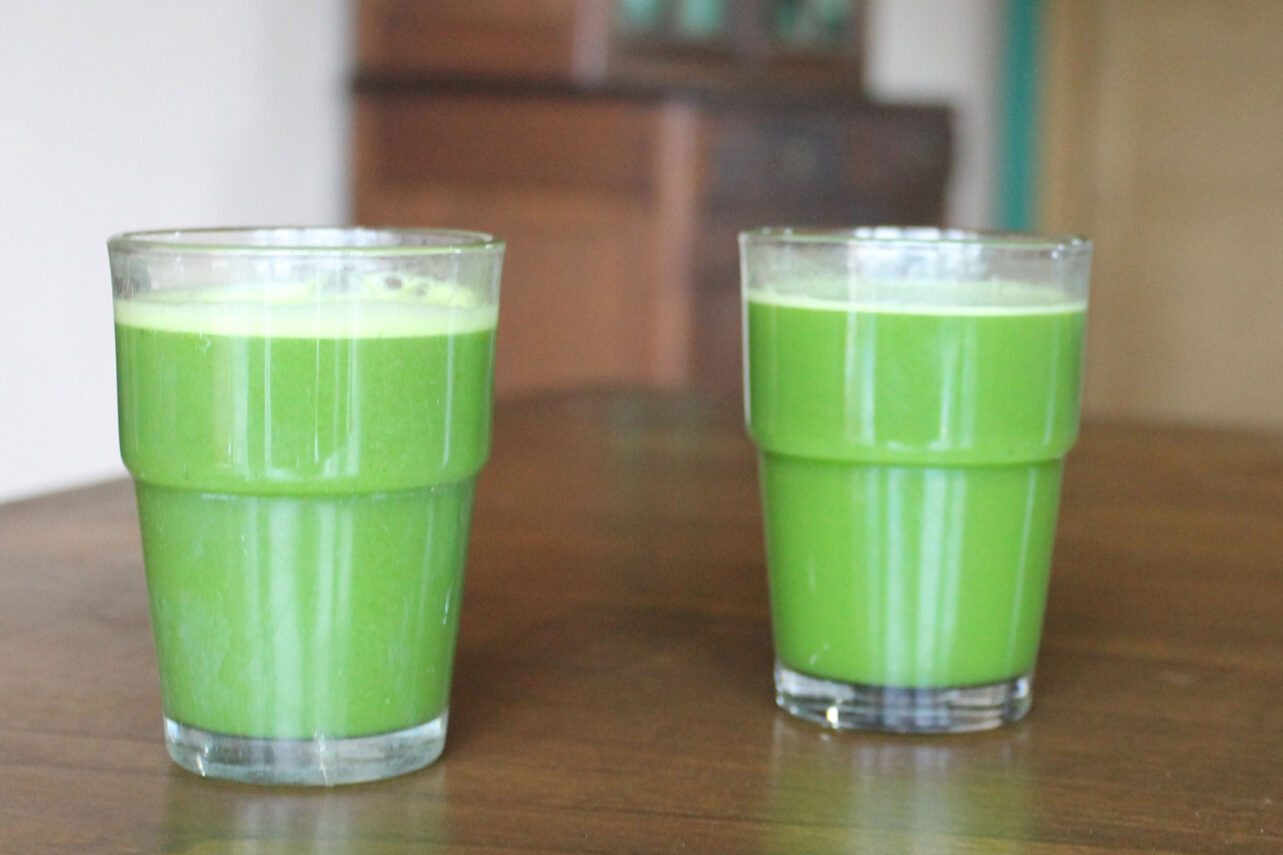
Wild Juicing
You May Also Like
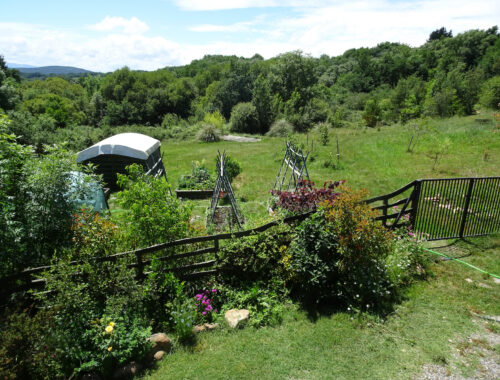
Yin and Tonic for Food Sovereignty
July 13, 2022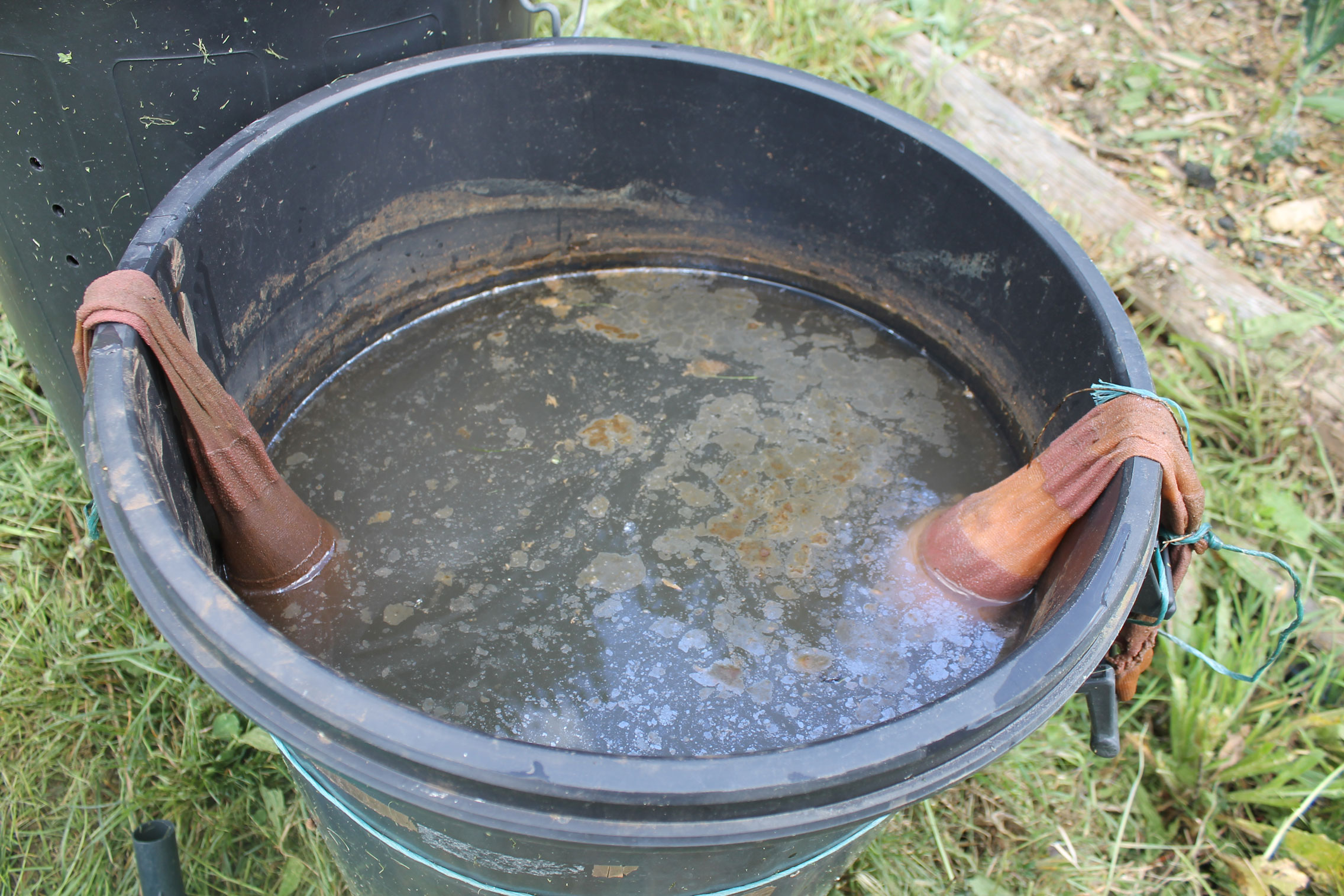
Dirt Cheap Fertilizer: micro-organisms
April 28, 2020